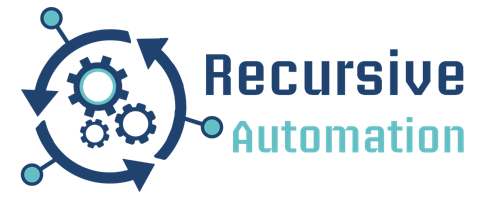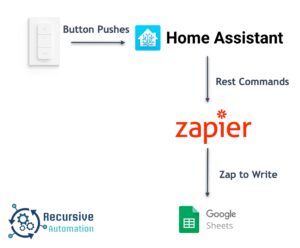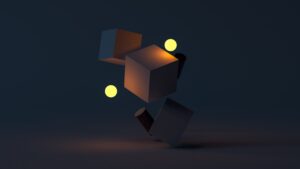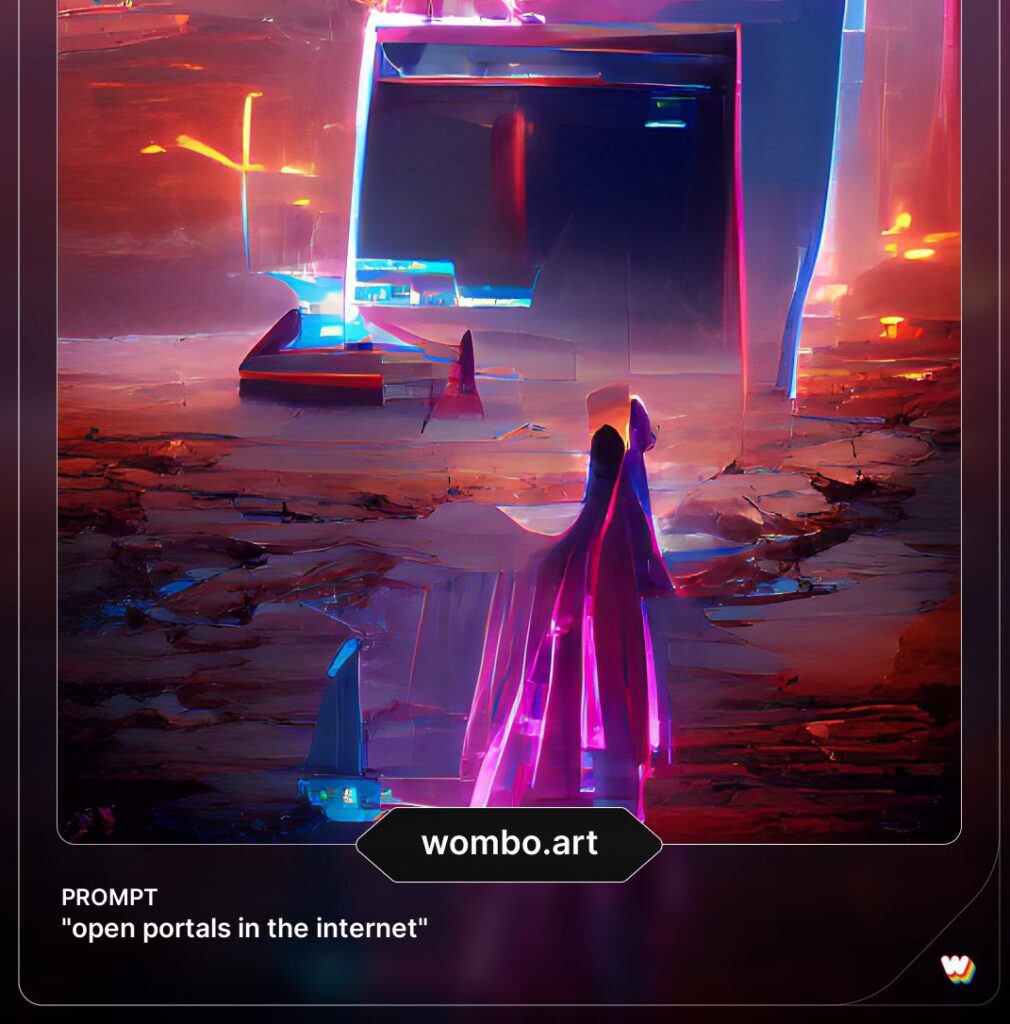
About six months ago, I got a Peloton Bike. It was the middle of the pandemic, and I needed to lose some weight. I work out best when there is some motivation, and Peloton helps me create that motivation, e.g., provides gamification, Instructors that know their stuff, and its mere presence got me off of my couch and onto the bike.
As the new year starts, I want to improve other facets of my life, and for that, I need data and results. That’s why I’m turning to AI to help me with my journaling so that I can find patterns in my personal life.
I’ve written a lot about Personal Knowledge Management before, and my usage of Roam Research has generated a lot of raw data. However, I need a more systematic approach to finding patterns in the data. Here are four tools I’m using in 2022 to help with my journaling.
Daily Journaling
Their daily actions are not aligned with their higher goals and ambitions. Fortunately, journaling is one way to prevent this.
5 Powerful Benefits Of Journaling As Part of Your Morning Routine
Every day, I use the below template in Roam to keep track of my tasks, food intake, etc.
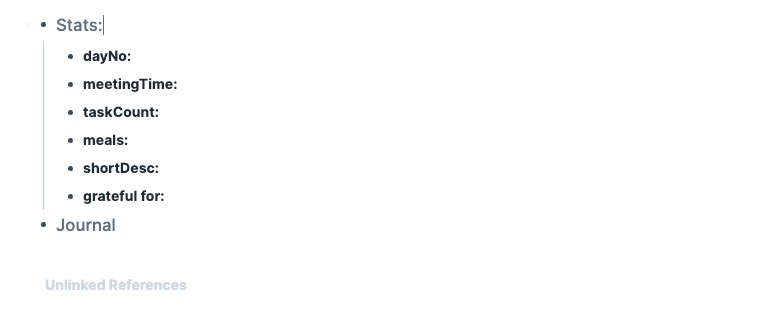
I write in this template at the beginning of each day, summarizing the previous day and looking at what I have to do. Inspiration came from the below tweet by Andy Matuschak to start augmenting my journaling with a more data-driven approach around my mood. I wrote about how I’m doing this with Home Assistant and Google Sheets.
I also started using Dream by Wombo to create generative art to illustrate my journal further. For visual learners, generative art might be a way to remind you not only what you did but how you felt each day. Here’s a video of the first nine days of that journey.
Remember Your Ideas
Your mind shouldn’t be a storage place for ideas, but a generator for ideas. The more ideas you store in your head, the more cluttered it’ll become and the less working memory you have available to generate new ideas.
5 Powerful Benefits Of Journaling As Part of Your Morning Routine
So now that we have the beginning of your data, how can we further augment it? Using Roam Research and Todoist, I keep track of everything I read. Whether it is books or articles online, I consume a lot of information. How do I remember it? This great python library can generate questions of all sorts from the text you generate.
For example, I read a great book in 2020 by Scott Galloway, Post Corona: From Crisis to Opportunity. Looking back on it now, I had highlighted some things that I probably want to resurface. But I had never looked back on the ideas. Imagine a list of questions based on what I found necessary to bring those items back to the surface.
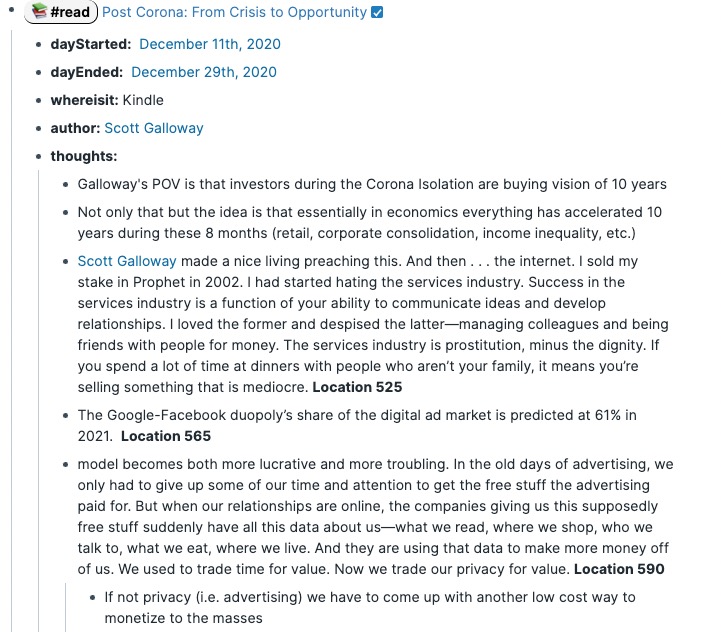
You can use your Personal Knowledge Management tool as a repository and surface that content later. The python library can help you remember and re-engage with your past self.
Summarization and Weekly Retros
Reinforcement is the best way to remember and refine your ideas. There are several excellent options out there to help you with this. This article covers how to build a text summarizer in python. Extracting your thoughts from your Personal Knowledge Management tool, or even just the links to what you read, can help you refine and remember. Here’s a way to help you build a corpus of text to build out your summarizations.
To take it to the next level, I have been toying using OpenAI to generate new summaries of my days and weeks. I will need more work to develop the templates for my daily and weekly summarizations, but it is incredible how powerful the tool could be. Imagine an automated overview at the end of the week generated from the work you’ve already done. You could augment the output instead of re-writing your ideas every week. You might even get new perspectives, all with just a little bit of coding.
Next Steps and Refinements
It’s still early in my 2022 journaling process. I need to start stitching these libraries together to build an automated workflow. For example:
- Incorporate my Peloton work out data into my journals
- Bring in my Todoist data to my weekly retros
- Create a User Interface so that the approach is less fragmented.
That’s my resolution for this year! I will probably use Fiverr (affiliate link) to make it easier. Paying for a bit of coding will allow me the freedom to do more gathering and less summarization.
Make sure to join our Mailing List for further updates!
